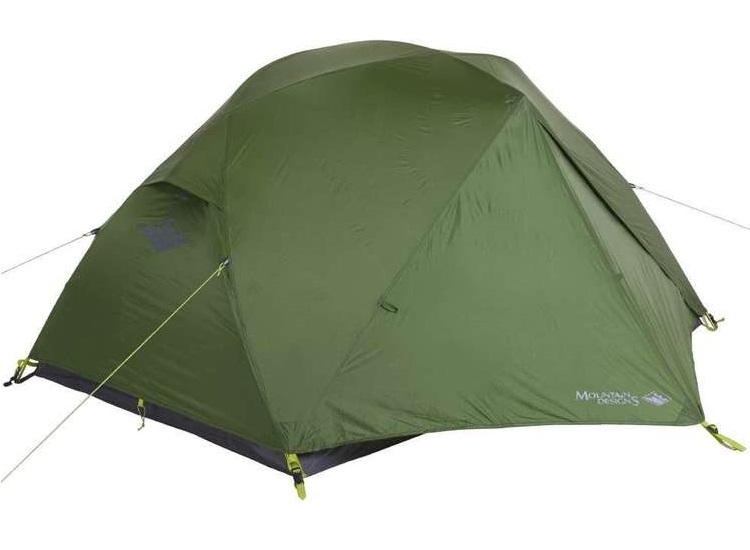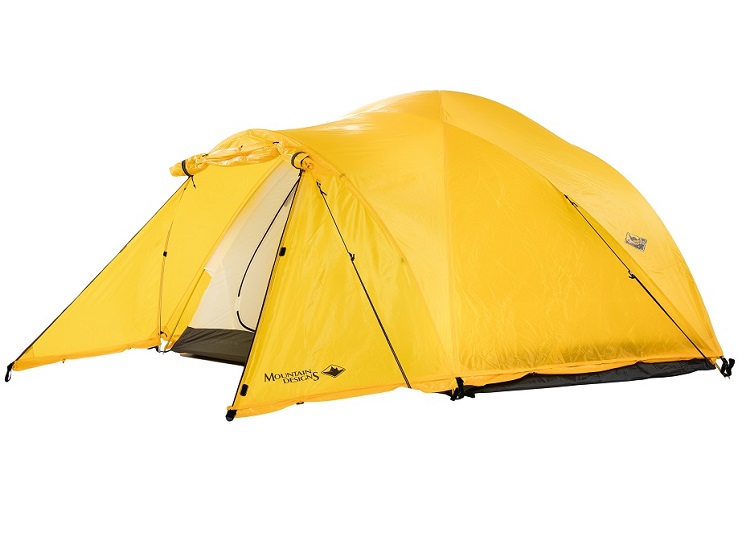| Your browser is not supported. | ||
|
Please browse our site using any of the following options:
| ||
How To - Stop Tent Condensation Build Up
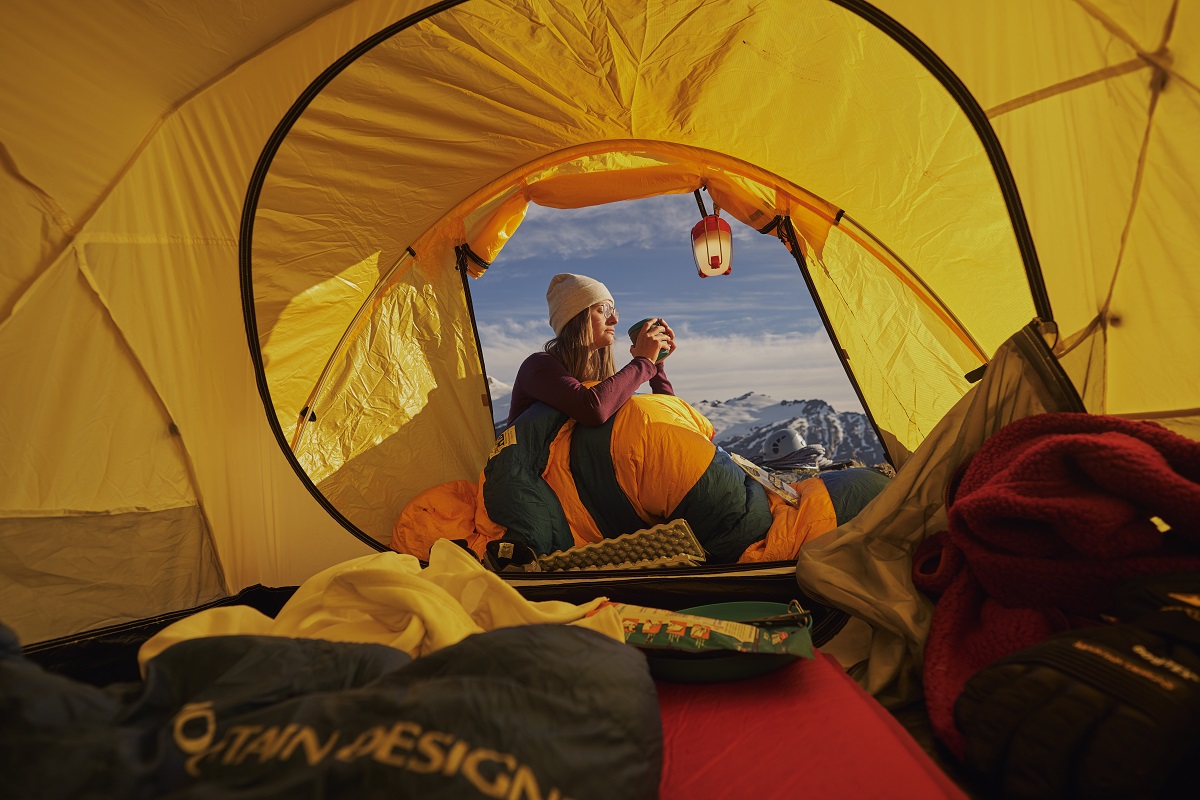
Waking up to a wet sleeping bag or cold water dripping on your forehead are pretty high up there on the list of unpleasant experiences in the outdoors. You've bought yourself a high quality, waterproof tent - so why is this happening? It doesn't matter if you sleep in a 'traditional' double-walled tent, a single-walled ultra-light tent, or under a tarp, the causes and cures for condensation are all the same. It's normal even with the best tent on the market, but it can be minimised in a number of ways. Here are our top tips for staying dry inside your tent:
The Causes
Condensation occurs when there is a difference between inside and outside temperatures, and there is a waterproof barrier between them. In the camping environment there are three main sources for condensation in tents:
- Weather Conditions. High humidity, low temperatures and rain all contribute to condensation.
- People. There is moisture in the air we breathe out and our bodies are always perspiring. In fact, the average person eliminates one litre of water per day through respiration (breathing) and transpiration (sweating). So two people would create two litres.
- Wet Environment. Storing wet clothes, wet gear, or cooking in a tent can all contribute to internal condensation. So can sleeping near a stream, lake or other wet areas when it's humid and there is no wind at night.
The Cures
No tent design can eliminate condensation completely but it can be minimised through ventilation. Any wind or even a light breeze can be harnessed to assist in moving air through vents and windows to help control condensation. Here are some points to keep in mind on your trip when choosing a campsite, pitching your tent and using your tent:
- Open internal weatherproof vents, such as the fabric doors on the inner tent of a dome for ventilation.
- Guy out external window flaps or ground level vents to allow airflow. If it's raining make sure that the rain fly is stretched as far away from the inner tent as possible, particularly along the sides and corners of the tent. If your fly clips onto the base of your inner tent, consider staking it out separately to promote more airflow between the layers.
- Position your tent so that the prevailing wind will assist with air flow through your tent, helping to minimise condensation.
- In wet, humid weather, be aware that wet gear will increase the amount of condensation in your tent so where practical store this wet gear outside the tent.
- A tent footprint that covers the ground of the vestibule area also helps reduce condensation in a tent.
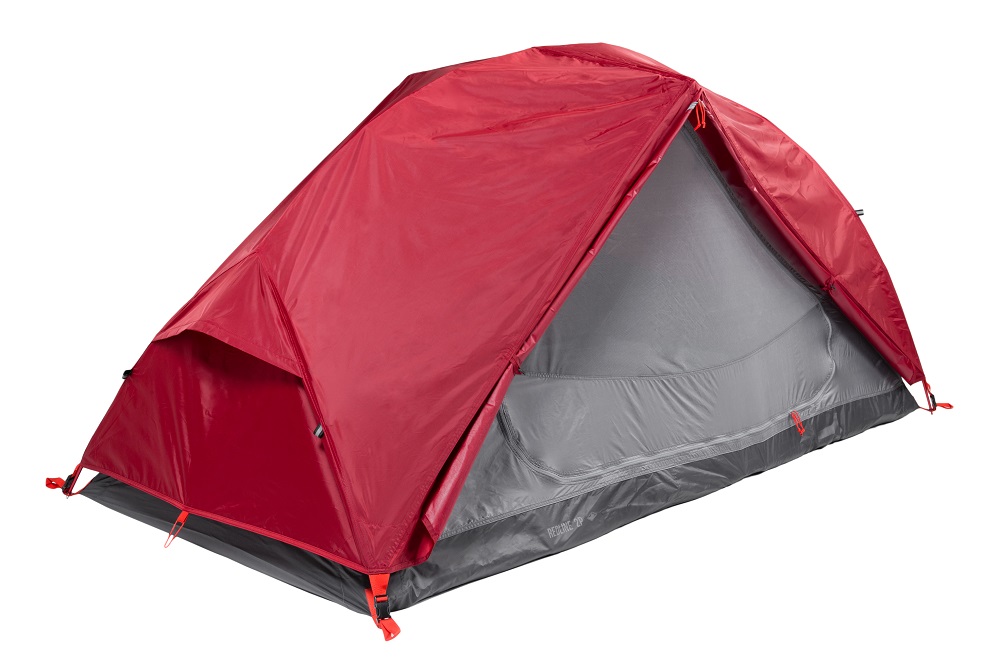
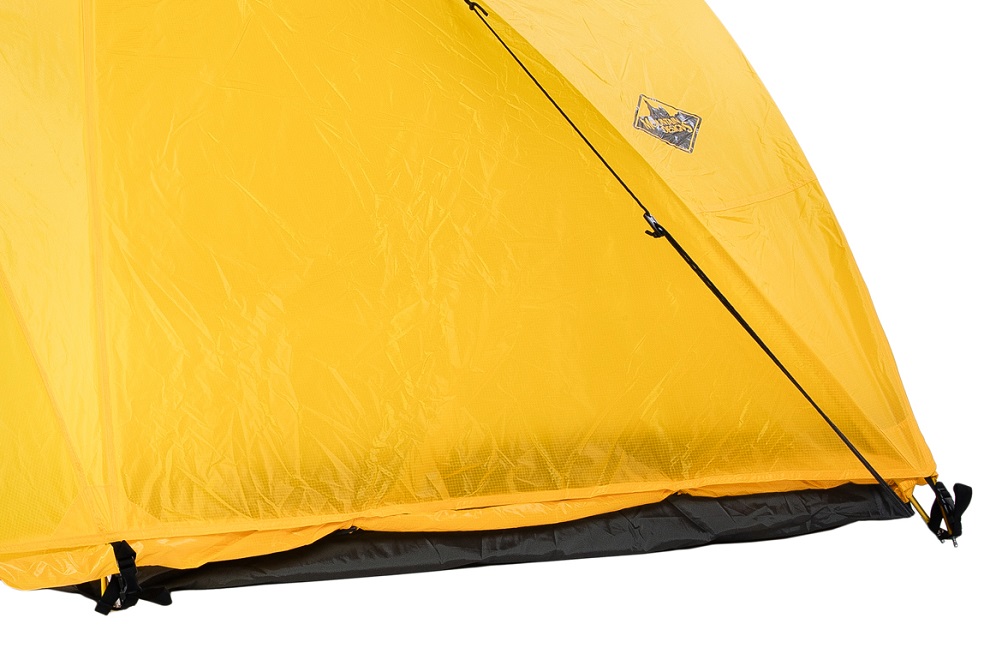
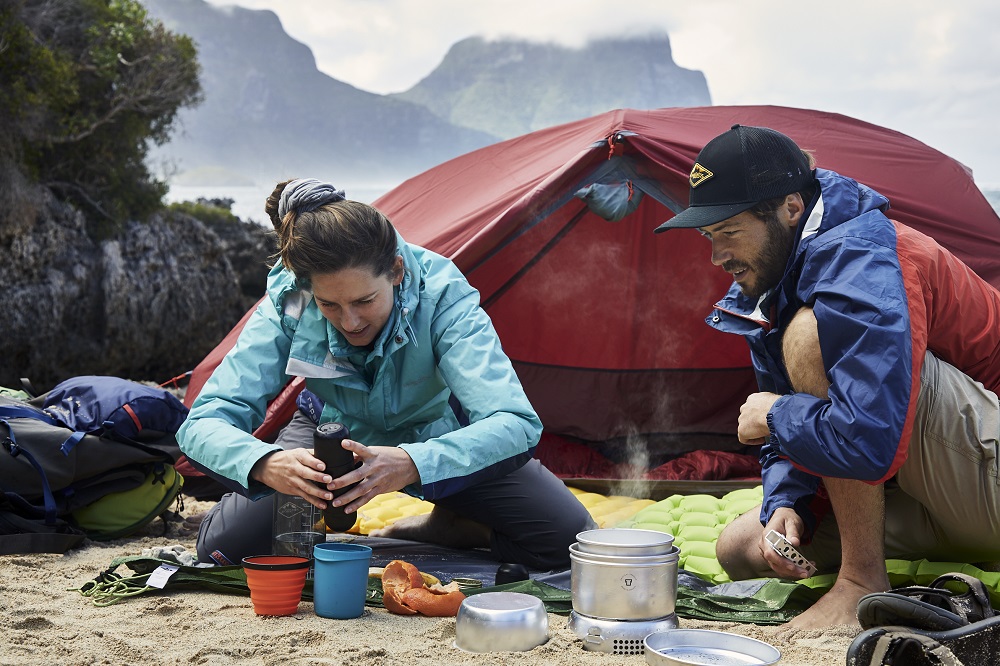
Simple ways to minimise tent condensation: opening weatherproof vents or door openings (left); stowing a snow skirt to improve air flow at ground level (centre), and cooking outside the tent (right).
